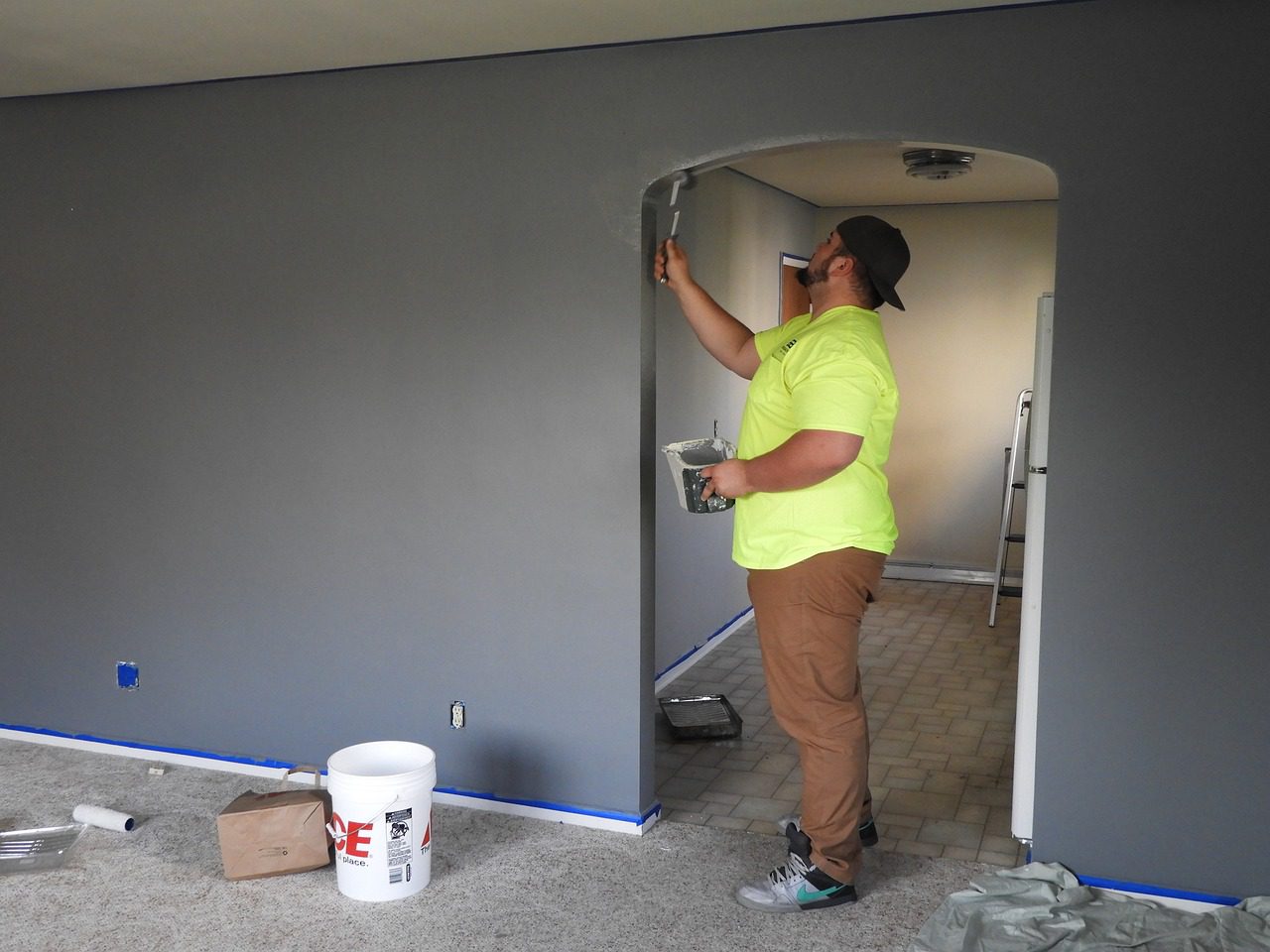Embarking on a home improvement project can be an exhilarating venture that brings you a step closer to constructing your dream abode. However, it can also be a daunting task, especially for those who are novices in the world of renovation. This comprehensive guide aims to simplify the process, providing a detailed roadmap to navigate your home renovation project.
1. Don’t Be Overwhelmed: Embrace the Process
First and foremost, it’s essential to remember that while it may seem overwhelming at first, home renovation is a process that can be tackled with meticulous planning and preparation. Break down the process into manageable steps, and approach each one systematically. Remember, Rome wasn’t built in a day.
2. Define Your Objectives
The initial step in your home renovation journey involves defining your goals. Ask yourself what you want to achieve with this project. Are you looking to create a more functional space, increase the value of your home, or simply enhance its aesthetic appeal? Be as specific as possible in outlining your objectives. This clarity will guide the rest of your renovation process.
3. Prioritize Your Renovation Projects
With your goals clearly defined, the next step involves determining your renovation priorities. It’s likely that budget constraints may prevent you from executing all desired changes at once. Therefore, it’s crucial to identify which areas of your home need immediate attention and which ones can wait.
4. Establish a Concrete Budget
Determining your budget is a critical step in the planning process. Be realistic about what you can afford and ensure that your budget aligns with your renovation goals. Consider all potential costs, including labor, materials, permits, and a contingency for unexpected expenses.
4.1 Make Room for a Contingency
In the realm of home renovation, unforeseen hiccups are almost inevitable, no matter how well you plan. Therefore, it’s wise to set aside a contingency fund, typically around 15% of your total budget, to cover any unexpected costs that may arise.
5. Understand the Order of Renovation
Knowing the sequence in which to tackle renovation tasks can be quite challenging. The process isn’t linear, and certain tasks may need to be performed concurrently or repeated. However, the general rule of thumb is to start with the messiest tasks and work your way to the finer details.
6. Hire Professionals
Whether you need an architect, designer, contractor, or all three depends on the complexity of your renovation project. These professionals can provide valuable insights, foresee potential issues, and help you realize your vision effectively. Ensure that you verify their credentials, experience, and references before making a hire.
7. Obtain Necessary Permits
Depending on the nature of your renovation project, you may need to secure certain permits. Check local regulations and ensure you’re in compliance before commencing work. Remember, obtaining permits can take time, so factor this into your overall project timeline.
8. Develop a Timeline
Once you have your team in place and your budget set, it’s time to map out a timeline for your project. Consult with your hired professionals to determine how long each phase of the renovation will take. Remember to build in some buffer time for potential delays or unforeseen issues.
9. Anticipate Potential Problems
Even the most meticulously planned renovation projects can encounter unforeseen challenges. Whether it’s water damage, foundation cracks, or outdated electrical work, it’s essential to be prepared for these potential problems.
10. Prepare for the Renovation
As your project kickoff date approaches, it’s time to prepare your home for the renovation process. Depending on the nature of your project, this may involve creating a makeshift kitchen, moving furniture, or packing away clothes and personal items.
11. Plan for Cleanup
A commonly overlooked aspect of home renovation is cleanup. Ensure you factor in the cost of debris removal into your budget and discuss this with your contractor beforehand. Depending on the scale of your project, you might need to rent a dumpster or make several trips to the local dump.
12. Execute Your Plan
With all the planning and preparation complete, it’s time to execute your home renovation plan. Remember to keep communication lines open with your contractor, stay flexible to adapt to any changes, and above all, enjoy the process of transforming your house into your dream home.
In conclusion, while home renovation may seem a daunting task, with careful planning and preparation, it can be a rewarding experience. Remember that the key to a successful home renovation lies in meticulous planning, clear communication, budget management, and flexibility to adapt to changes. By following these steps, you can transform your home into your dream abode without unnecessary stress or overspending.






